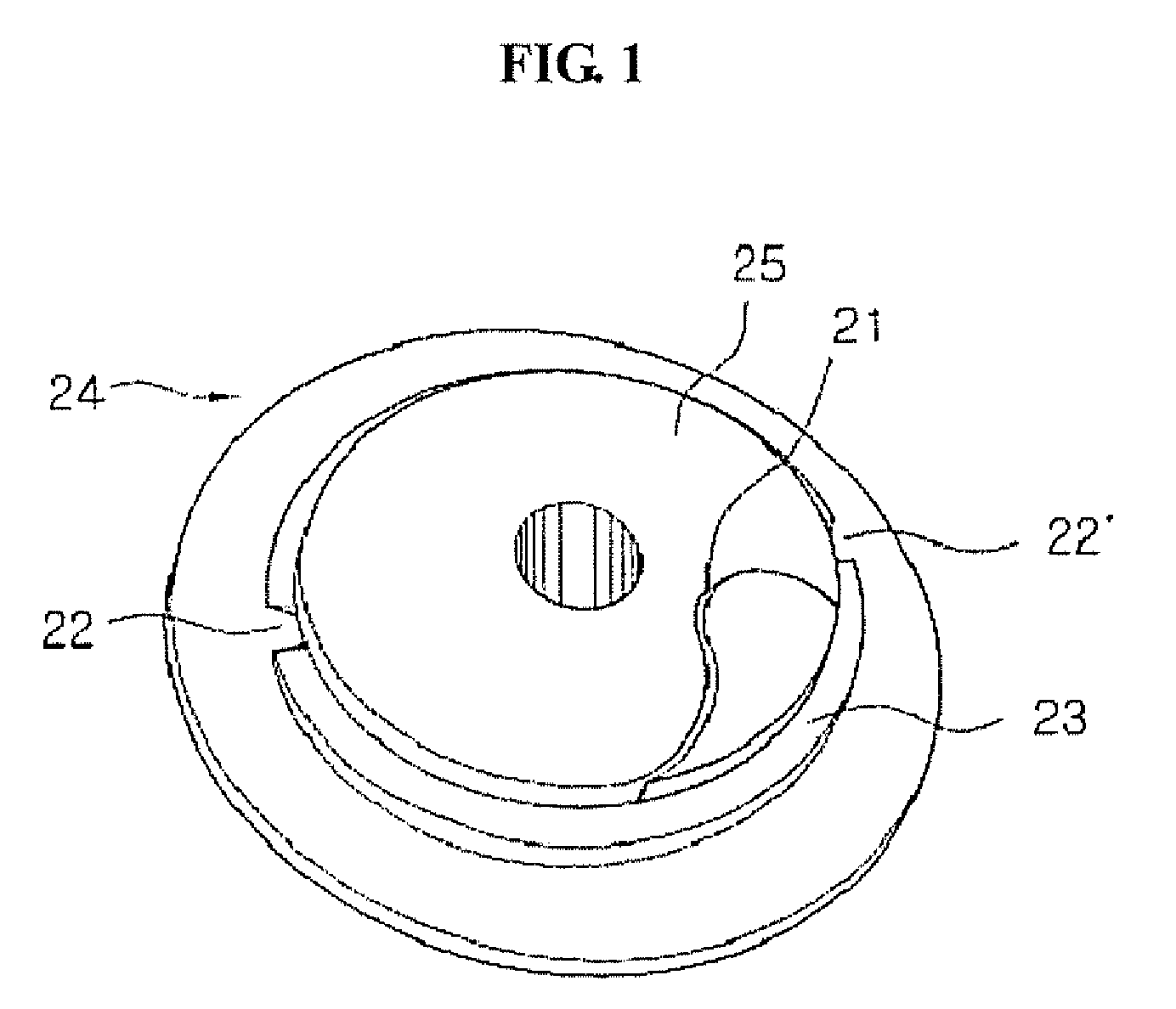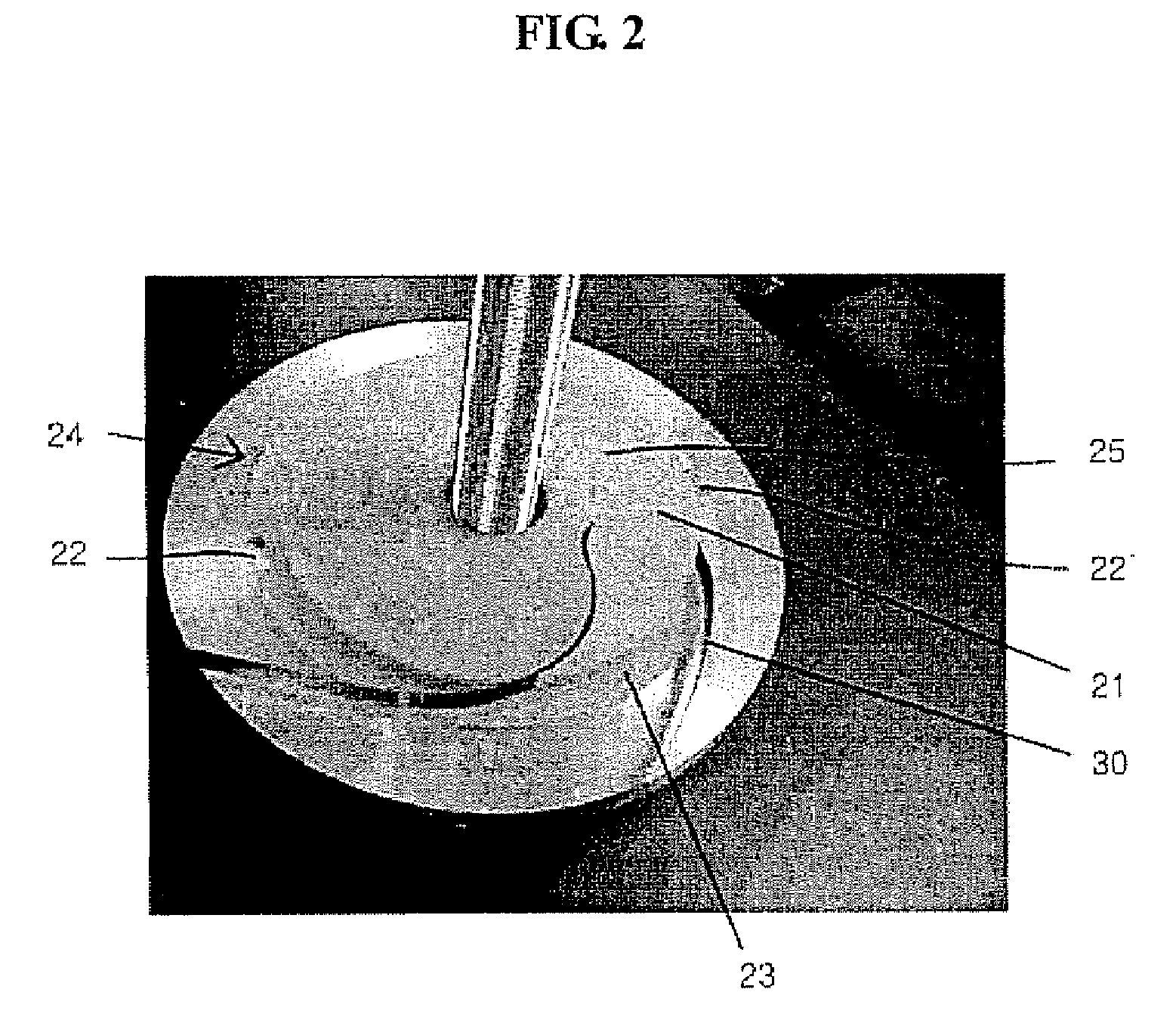Fault current limiter having superconducting bypass reactor for simultaneous quenching
a bypass reactor and fault current limiter technology, which is applied in the direction of superconducting magnets/coils, normal superconductive switchable devices, magnetic bodies, etc., can solve the problems of slow study of superconducting fault current limiters using liquid helium as refrigerant, and the development of a practical fault current limiting technique is delayed, so as to reduce the burden on a current limiting module
- Summary
- Abstract
- Description
- Claims
- Application Information
AI Technical Summary
Benefits of technology
Problems solved by technology
Method used
Image
Examples
Embodiment Construction
[0026]Hereinafter, a preferred embodiment of the present invention will be described in detail with reference to the attached drawings. The following explanation is only an example for illustrative purposes and does not limit the scope of the present invention.
[0027]FIG. 1 is a perspective view of a bifilar winding bobbin of a fault current limiter according to the present invention. FIG. 2 is a photograph of a first superconducting wire fixed to the winding bobbin of FIG. 1. FIG. 3 is a photograph of a first metal block attached to the winding bobbin according to the present invention. FIG. 4 is a photograph of the coupling between non-inductivity winding modules according to the present invention. FIG. 5 is a perspective view of a pancake type current limiting module according to the present invention. FIG. 6 is a perspective view showing a solenoid type superconducting bypass reactor according to the present invention. FIG. 7 is a partially broken view showing the fault current l...
PUM
 Login to View More
Login to View More Abstract
Description
Claims
Application Information
 Login to View More
Login to View More - R&D
- Intellectual Property
- Life Sciences
- Materials
- Tech Scout
- Unparalleled Data Quality
- Higher Quality Content
- 60% Fewer Hallucinations
Browse by: Latest US Patents, China's latest patents, Technical Efficacy Thesaurus, Application Domain, Technology Topic, Popular Technical Reports.
© 2025 PatSnap. All rights reserved.Legal|Privacy policy|Modern Slavery Act Transparency Statement|Sitemap|About US| Contact US: help@patsnap.com



